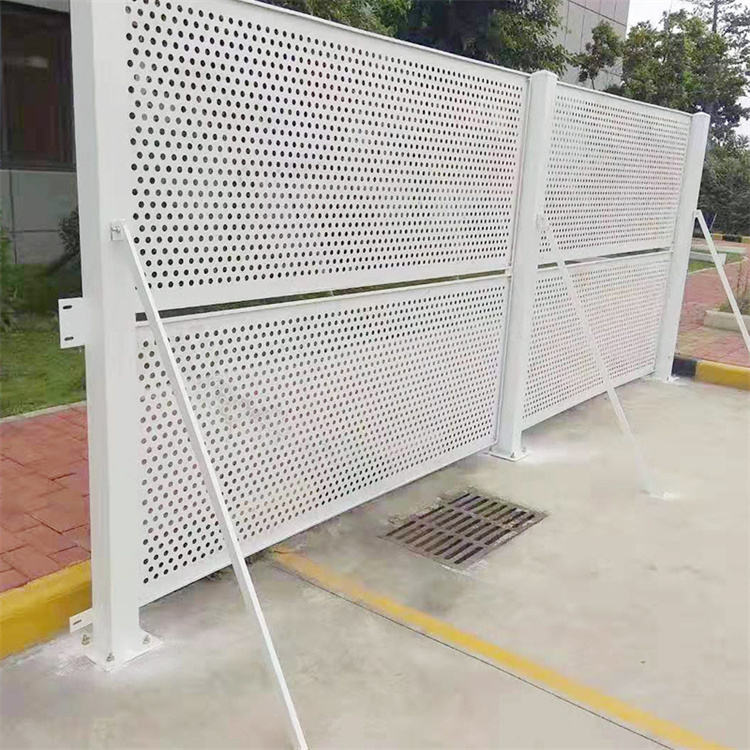Exploring Sound Deadening Fences A Solution for Peaceful Living
In our increasingly noisy world, sound pollution has become a significant concern for many homeowners. Whether it's the persistent hum of traffic, the cacophony of lawnmowers, or the lively sounds from neighbors, excessive noise can disrupt our peace and quiet. As people seek relief from these disturbances, sound deadening fences have emerged as an effective solution. These specialized fences not only provide privacy and security but also play a crucial role in reducing noise pollution.
Understanding Sound Deadening Fences
Sound deadening fences are designed specifically to minimize the transmission of sound. They are often constructed from dense materials that absorb and block sound waves, creating a barrier that reduces noise from external sources. The effectiveness of these fences can vary based on their construction materials, design, and installation methods. Common materials used in sound deadening fences include concrete, stone, and specially treated wood, which all have unique sound-absorbing properties.
The Benefits of Sound Deadening Fences
One of the primary benefits of sound deadening fences is the enhancement of outdoor living spaces
. Homeowners can enjoy their backyards, patios, and gardens without the intrusive sounds of traffic or noisy neighbors. This aspect is particularly valuable in urban environments, where homes are often situated close together and noise levels can be uncomfortably high.Moreover, these fences provide a sense of privacy, allowing homeowners to engage in activities without constantly being aware of sounds from outside. This can create a more relaxing and enjoyable atmosphere for family gatherings, barbecues, or simply unwinding after a long day.
Design and Aesthetics
sound deadening fence

Aside from their functional benefits, sound deadening fences can also contribute to the aesthetic appeal of a property. They come in a variety of designs, colors, and styles, allowing homeowners to choose an option that complements their landscape and home architecture. For instance, a modern concrete sound barrier can provide a sleek, contemporary look, while a more traditional wood fence can offer a rustic charm.
Innovative design options also exist that incorporate greenery. For example, living walls or vertical gardens can be integrated into sound deadening fences, not only enhancing sound absorption but also beautifying the space. These designs provide an eco-friendly way to manage noise while contributing to biodiversity and enhancing the environment.
Installation Considerations
When considering a sound deadening fence, proper installation is key. Homeowners should consult with professionals who specialize in sound barriers to ensure that the fence is constructed effectively. Factors like height, thickness, and the type of materials used will significantly affect the fence's ability to block sound.
Additionally, it’s important to consider local regulations regarding fence height and appearance. Some neighborhoods have specific guidelines that must be followed to maintain a cohesive look and feel throughout the community.
Conclusion
In summary, sound deadening fences represent a practical and attractive solution for those seeking to reduce noise pollution and enhance their outdoor living experiences. By choosing the right materials and designs, homeowners can create a serene environment that allows for relaxation and enjoyment free from disruptive sounds. As urbanization continues to rise, the demand for such innovative solutions will likely grow, making sound deadening fences an increasingly popular choice for homeowners looking to reclaim their peace and tranquility.
-
Versatility of Expanded Aluminum Metal for Various Applications
NewsMay.19,2025
-
The Geometry of Steel Gratings: Why It Matters
NewsMay.19,2025
-
Reinforcement Applications of Perforated Mesh in Masonry
NewsMay.19,2025
-
Essential Tools for Installing a Deck Mesh Railing
NewsMay.19,2025
-
Anti-Slip Flooring Made with Stainless Expanded Mesh
NewsMay.19,2025
-
Adjustable Steel Grating for Uneven Terrain
NewsMay.19,2025
Subscribe now!
Stay up to date with the latest on Fry Steeland industry news.

